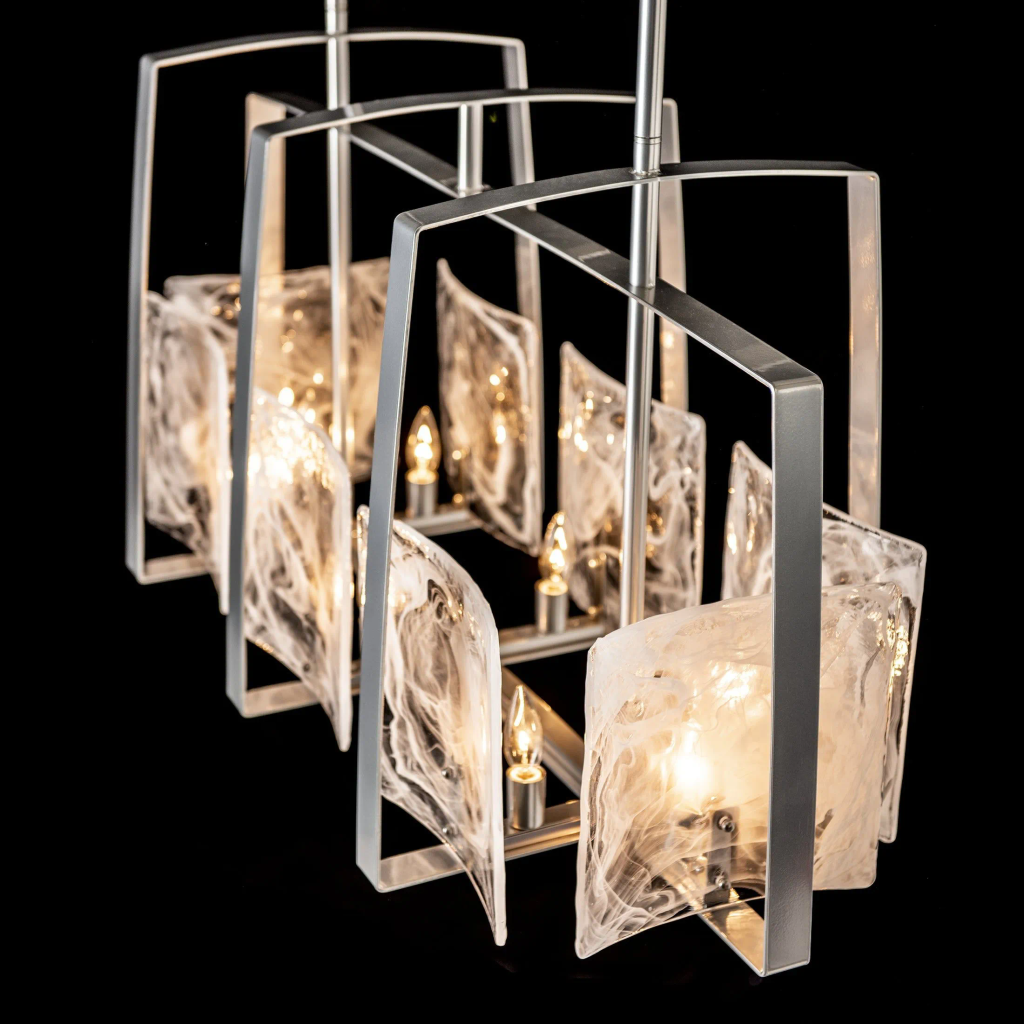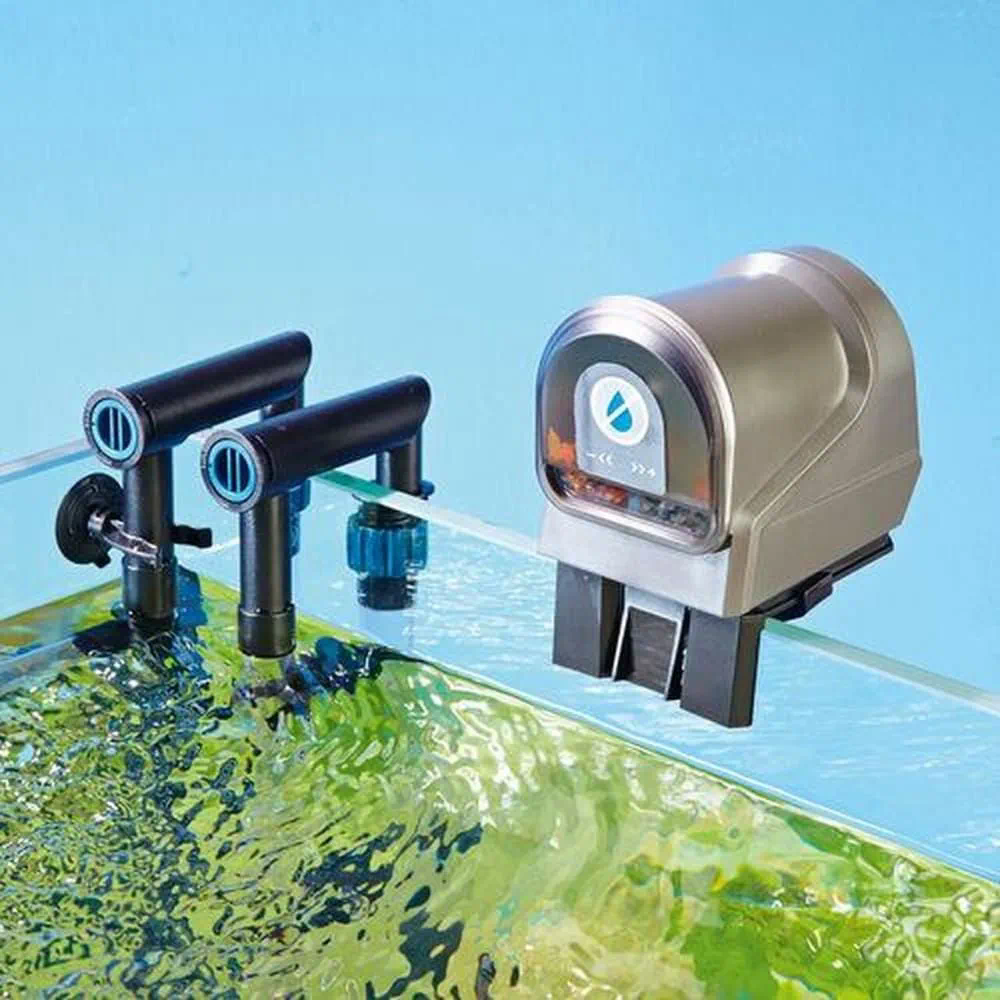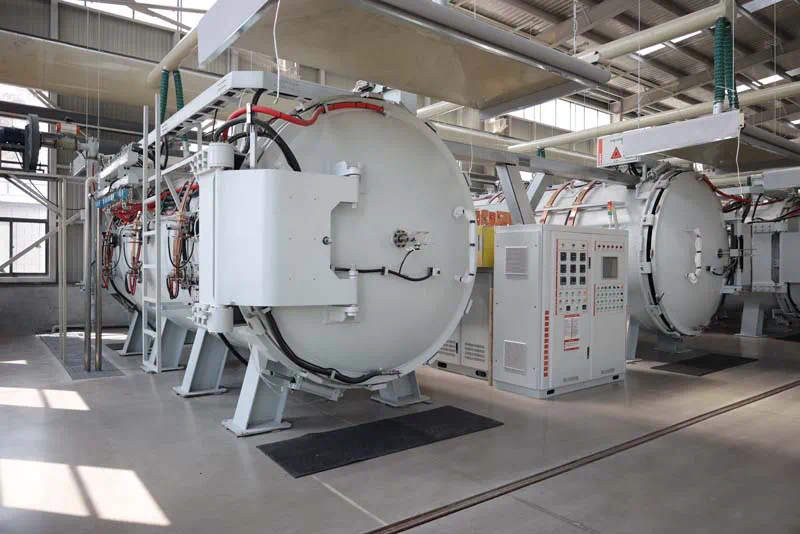In times of economic uncertainty, some investors consider putting retirement savings into precious metals like gold and silver to hedge against potential stock market volatility. While not for everyone, using a Roth IRA retirement account to acquire physical gold is an option. Allowed under IRS rules, it’s a complex process requiring careful planning. Before converting your hard-earned retirement money into gold, arm yourself with knowledge.
Why Gold? Benefits and Considerations
Inflation and currency devaluation fears have spurred interest in gold IRAs. Unlike paper currency, physical gold retains intrinsic value as a commodity. However, there are risks and costs. Gold is volatile too and doesn’t generate dividends or interest like stocks and bonds. You also lose capital gains tax advantages and IRA contribution benefits after conversion. Thoroughly weigh the pros and cons of liquidating retirement assets for precious metals.
Roth IRA Conversion Process
Following are the basic steps to convert Roth IRA funds to physical gold bullion:
– Choose an IRS-approved precious metals dealer to work with. Find reputable dealers and see reviews first. – Open a self-directed Roth IRA LLC account with a custodian that allows alternative assets. – Fund your new self-directed account by transferring or rolling over funds from your existing Roth IRA. – Use account funds to purchase IRS-approved gold and silver coins or bars through your precious metals dealer. Bullion must meet certain purity standards. – The custodian stores bullion in a secure depository on your behalf. You retain ownership.
There are strict rules around account funding sources, transactions, and storage. Work closely with your advisor to follow protocols and maintain compliance. A qualified financial advisor can help navigate the complex process.
Costs and Fees
Be aware that converting to a gold Roth IRA comes with substantial costs for administration, storage, and bullion purchases above spot market prices. Some factors impacting total costs: Account setup fees for new LLCs and transactions- Annual account administration and maintenance fees- Bullion dealer prices above spot rates for coins/bars- Storage and insurance fees for bullion at the depository – Shipping and handling costs for transfers
Higher gold dealer prices and ongoing fees can eat away at investment gains over decades in retirement. Run the numbers with your financial advisor to see if the added costs justify the inflation hedge.
Key Takeaways
Before liquidating your retirement funds: Consult a financial planner or investment advisor – Research gold IRA reviews and complaints thoroughly- Compare fees across custodians and bullion dealers – Ensure you meet eligibility requirements – Understand tax implications – conversions are irrevocable
While allowed, converting a cherished Roth IRA to physical gold requires careful thought. The process is complex, the costs are high, and there’s no turning back. Arm yourself with knowledge before making this major financial move. Above all, discuss the option with a trusted financial advisor. Make an informed decision on what’s best for your retirement savings and financial future.
Turning Retirement Savings into Gold: Converting Your Roth IRA






